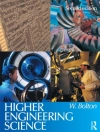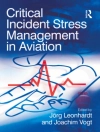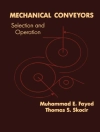Fracking has the potential to extract hydrocarbons from previously inaccessible sources of gas and oil, but is regularly in the news because of environmental concerns surrounding the process. First used commercially in the mid-20th Century, only recently has fracking been deployed on a large scale, revolutionising the energy industry in the USA. As more nations seek to adopt or ban fracking, do the economic benefits outweigh the environmental costs? Presenting both sides of the debate, this latest volume of Issues in Environmental Science and Technology draws on a wealth of international expertise, ranging from the oil and gas industry to Friends of the Earth. The technology of fracking is examined in detail, as well as the associated economic, societal and global climate change considerations. Anyone wishing to gain a balanced view of hydraulic fracturing will benefit from reading this book, which is aimed at researchers in academia and industry, policy makers, environmental science students and the interested layman.
Cuprins
Introduction and Overview: the Role of Shale Gas in Securing Our Energy Future; Shale Gas Boom, Trade, and Environmental Policies: Global Economic and Environmental Analyses in a Multidisciplinary Modeling Framework; Exploration for Unconventional Hydrocarbons: Shale Gas and Shale Oil; Climate Change Impacts of Shale Gas Production; The Hydrogeological Aspects of Shale Gas Extraction in the UK; Coal Seam Gas Recovery in Australia: Economic, Environmental and Policy Issues; Prospects for Shale Gas Development in China; Unconventional, Unburnable and Unwanted: why going all out for shale gas is the wrong direction for the UK’s energy policy.
Despre autor
Roy Harrison OBE is Queen Elizabeth II Birmingham Centenary Professor of Environmental Health at the University of Birmingham. In 2004 he was appointed OBE for services to environmental science. Professor Harrison’s research interests lie in the field of environment and human health. His main specialism is in air pollution, from emissions through atmospheric chemical and physical transformations to exposure and effects on human health. Much of this work is designed to inform the development of policy.












